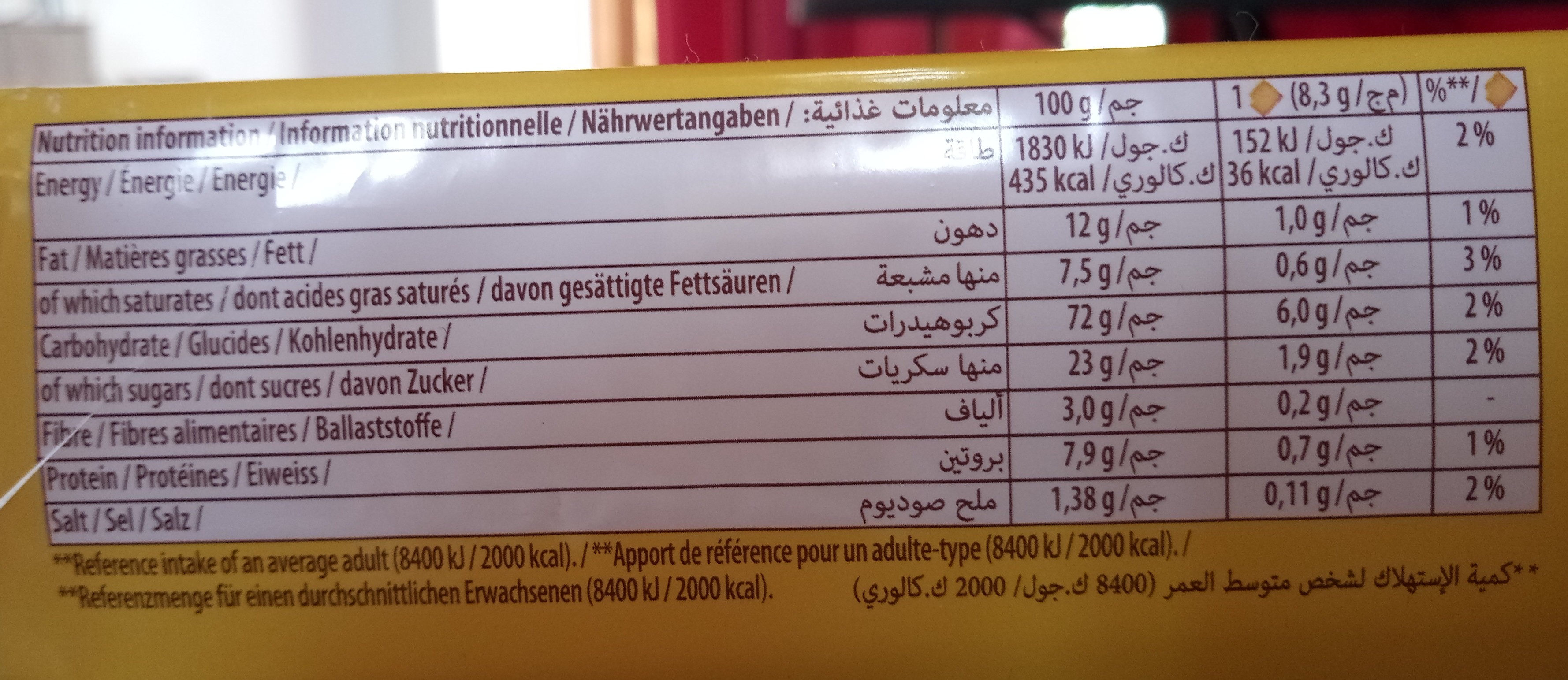véritable petit beurre - Carrefour - 200 g
This product page is not complete. You can help to complete it by editing it and adding more data from the photos we have, or by taking more photos using the app for Android or iPhone/iPad. Thank you!
×
Barcode: 53381106
Quantity: 200 g
Packaging: fr:Plastique carton
Brands: Carrefour
Categories: Snacks, Sweet snacks, Biscuits and cakes, Biscuits, Petit-Beurre, fr:Biscuit beurre
Labels, certifications, awards: Distributor labels, Charte LU Harmony, Made in France
Stores: Carrefour
Countries where sold: French Polynesia
Matching with your preferences
Environment
Carbon footprint
Packaging
Transportation
Report a problem
Data sources
Product added on by openfoodfacts-contributors
Last edit of product page on by packbot.
Product page also edited by desan, roboto-app, teolemon.
If the data is incomplete or incorrect, you can complete or correct it by editing this page.








